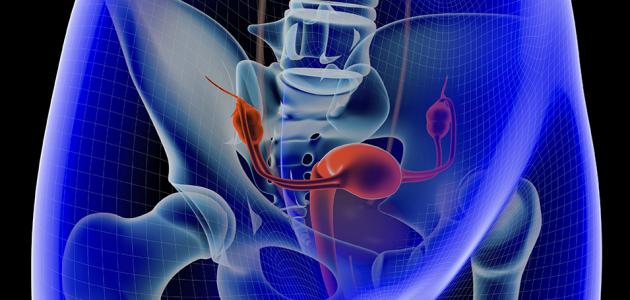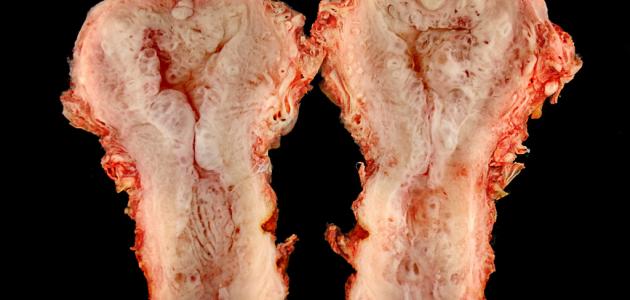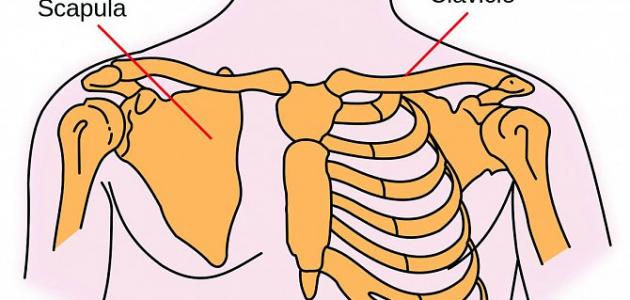Contents
Pelvic congestion
Pelvic congestion is known medically as Pelvic Venous Congestion Syndrome or Ovarian vein reflux. This syndrome is the cause of chronic pelvic pain in approximately 13-40% of women. Chronic pelvic pain can be defined as pain in the lower abdomen that lasts for more than six months and does not occur periodically. This syndrome occurs because of the expansion of the veins in the pelvis, as in the case of varicose veins, which causes the emergence of varicose veins in the legs as a result of the veins losing their elasticity, and the valves that prevent blood flow backward from working. If these valves malfunction, it causes blood to pool due to gravity, causing the veins to swell and swell. As with varicose veins, the syndrome may cause visible varicose veins around the vulva and vagina, Inner thigh, buttocks, and lower leg. [1] [2]
Symptoms of pelvic congestion
Pelvic congestion can cause the following symptoms: [3] [4] [5]
- Chronic pelvic pain that gets worse in certain situations such as after standing for a long time, in the days before menstruation, in the evening, during and after sexual intercourse, and in the late stages of pregnancy.
- Dysmenorrhea or painful menstruation.
- Abnormal bleeding during menstruation.
- Suffering from back pain.
- Depression .
- Fatigue.
- The emergence of varicose veins.
- Abnormal vaginal discharge.
- The appearance of a swelling in the vagina or vulva.
- Feeling of pain in the abdominal area.
- Increased urination.
- Symptoms similar to irritable bowel syndrome .
- Feeling of pain in the hip.
Causes of pelvic congestion
The exact underlying cause of pelvic congestive syndrome is not known, but anatomical, hormonal, or dysfunctional abnormalities may contribute to the syndrome. Statistics indicate that the majority of affected women are between 20-45 years old, and that the majority of them have had multiple previous pregnancies. It may lead to hormonal changes and weight gain combined with anatomical changes in the structure of the pelvis during pregnancy to increase the pressure inside veins ovarian, causing the weakness of the vein wall and expansion. Estrogen also can weaken vein walls and predispose a woman to the syndrome. Risk factors for developing pelvic congestive syndrome include: [6]
- Having an inverted or redirected uterus.
- Leg veins fullness.
- Polycystic ovaries .
- Hormonal overload or dysfunction.
Diagnose pelvic congestion
Pelvic congestive syndrome can be diagnosed through the following medical tests and procedures: [6]
- Ultrasound: An ultrasound of the abdomen and pelvis can help detect the presence of reflux in the ovarian veins and identify dilated pelvic veins.
- Computed tomography and magnetic resonance imaging: , ultrasound alone may not provide all the necessary information needed for diagnosis in some cases, so the attending physician may wish to conduct additional imaging tests such as: CT scan or magnetic resonance imaging . This is to visualize the abnormal veins inside the pelvis, look for other abnormalities in the area, and evaluate the surrounding parts.
- Pelvic venography: This is the most accurate method for diagnosing pelvic congestive syndrome. This simple procedure is performed in a hospital by a vascular specialist, who inserts a catheter or thin tube into a vein in the groin or neck , and then uses x-rays to guide the catheter into the ovarian vein. An iodine dye is injected into a vein to obtain images.
Treating pelvic congestion
Pelvic congestive syndrome is usually treated with nonsteroidal anti-inflammatory drugs to reduce chronic pelvic pain. If needed, action may be taken to prevent blood flow to the swollen veins in the pelvic area. Among these procedures are the following: [7] [8]
- Embolization vein: , this process is done through a small incision after the work of the use of anesthetic to numb a small area of the thigh, and the introduction of a thin tube called a flexible and Balqttar through an incision in the vein and linked to varicose veins. Small coils, sponges, or fluids such as gum are also inserted through the catheter into the veins to prevent blood flow inside them. This procedure does not require any incisions or stitches, and patients can usually return to work and light activities the next day, but they need a week to return to full activities.
- Sclerotherapy: During this procedure, a catheter is inserted and a solution is injected into the swollen veins to prevent blood flow into them, which reduces pain in the pelvic area.
Other causes of chronic pelvic pain
Chronic pelvic pain can be caused by other causes than pelvic congestion, including the following: [9]
- Endometriosis: a condition that causes tissue from the endometrium to grow outside the uterus.
- Chronic pelvic inflammatory disease: This condition is caused by a long-term infection that is transmitted through sexual contact, which causes scarring of the pelvic organs.
- Remnants of the ovary: A portion of the ovary can be left behind after surgical removal of the uterus, ovaries, and fallopian tubes , causing this remaining piece to develop into painful cysts.
- Fibroids: Non-cancerous uterine fibers may cause pressure or a feeling of heaviness in the lower abdomen.
- Irritable bowel syndrome: Symptoms associated with irritable bowel syndrome such as: bloating, constipation and diarrhea can be a source of pelvic pain.
- Painful bladder syndrome: Known as interstitial cystitis, this condition is associated with frequent bladder pain and a frequent need to urinate, and it may cause pelvic pain when the bladder is full, and it should be noted that this pain improves temporarily after emptying the bladder.
- Psychological factors: may increase depression , or chronic stress, or sexual abuse, or physical risk of chronic pelvic pain.
References
- ↑ "(Pelvic Pain (Pelvic Congestion Syndrome") , www.hopkinsmedicine.org , Retrieved 25-2-2019.
- ↑ "Pelvic Venous Congestion Syndrome" , www.bsir.org , Retrieved 2-25-2019. Edited.
- ↑ "Pelvic Congestion Syndrome" , www.healthline.com , Retrieved 2-25-2019. Edited.
- ↑ "Pelvic congestion syndrome" , uihc.org , Retrieved 25-2-2019. Edited.
- ↑ "Pelvic congestion syndrome" , www.cirse.org , Retrieved 2-25-2019. Edited.
- ^ A b "Pelvic the Congestion Syndrome type " , Vein.stonybrookmedicine.edu , Retrieved 25-2-2019. Edited.
- ↑ "Treatment Of Pelvic the Congestion Syndrome type (PCS a " , Stanfordhealthcare.org , Retrieved 25-2-2019. Edited by .
- ↑ "Pelvic Congestion Syndrome" , www.msdmanuals.com , Retrieved 2-25-2019. Edited.
- ↑ "Chronic pelvic pain in women" , www.mayoclinic.org , Retrieved 2-25-2019. Edited.
















